#Kākāpō
Text

have you heard? conservationists have reintroduced 10 kākāpō onto the north island of new zealand!
3K notes
·
View notes
Text
new zealand speaks, but tumblr decides



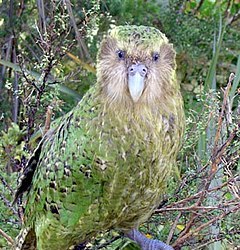

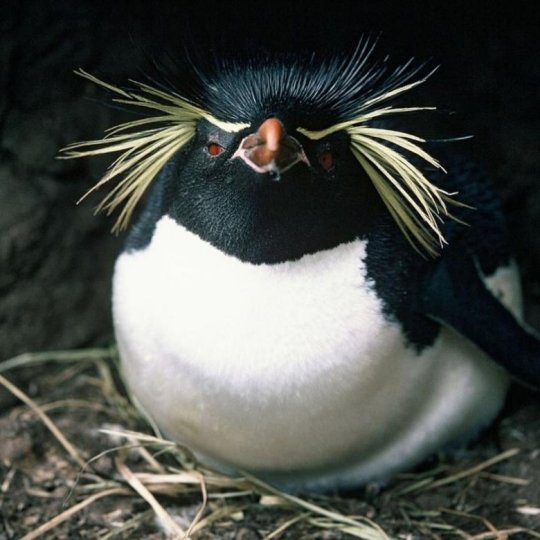




#today on tumblr#birds#bird of the century#bird of the day#bird of the year#john oliver#puteketeke#new zealand#last week with john oliver#kea#fantail#karure#kākāpō#takahē#birbs#birbs of tumblr#cute birbs#smol birbs#i love birbs#animals#animalblr#birblr#birbposting
758 notes
·
View notes
Text


Kākāpō & Spoon-Billed Sandpiper #avianaugust!
carrd / patreon
612 notes
·
View notes
Text
If you've been following me for a while, you'll know I'm a sucker for stories about species reintroductions, rediscoveries, etc. And this one might be my favorite this year.
The kākāpō is this delightfully odd bird--a nocturnal, ground-dwelling parrot. Because New Zealand historically didn't have any predators apart from birds of prey, their camouflage was generally sufficient to protect them in the forest. Unfortunately, Europeans brought with them weasels, rats, and free-roaming cats, all of which hunted the kākāpō to the brink of extinction. Invasive species of deer additionally competed with the kākāpō for food.
By the 1980s, the birds had all but disappeared from the main island, and the world population bottomed out at 51 birds in 1995. Since then, breeding efforts and conservation on smaller, predator-free islands have brought the population back up to 252, but this is still a critically endangered species.
The reintroduction to the main island involved setting aside 3400 acres in which all mammalian predators had been eliminated. That would allow the kākāpō a safe place to breed and recover. Right now the four birds released into this sanctuary are all male, to allow conservationists a chance to observe them in this habitat. With time, though, we'll hopefully see females added as well, so that the population can begin expanding.
(By the way, yes--this is, in fact, the species in the infamous "shagged by a rare parrot" clip from the BBC's "Last Chance to See" series some years back. Don't worry, it's less NSFW than it sounds, and it is absolutely hilarious!)
#kākāpō#kakapo#parrots#birds#wildlife#nature#optimism#hopepunk#conservation#environment#environmentalism#endangered species#extinction#animals#ecology#restoration ecology#wildlife conservation#Psittaciformes#psittacines
567 notes
·
View notes
Text

A Kākāpō (Strigops habroptila) in Pikihatiti, Rakiura, Aotearoa.
#kakapo#Kākāpō#strigops habroptila#strigops#strigopidae#psittaciformes#aves#chordata#wildlife: aotearoa#wildlife: oceania
320 notes
·
View notes
Text

300. Kākāpō
#todays bird#birdblr#artists on tumblr#birds#bird of the day#bird#Kākāpō#kakapo#by popular demand#lol#requested by#potatothegreatandholy#and like 3 or 4 anonymous
133 notes
·
View notes
Text


Remember to read about the contestants before voting!
Common Raven
The common raven is a very smart bird. They have even been found to be drawn to gunshot sounds, as they know hunters will often kill animals. People have always been fascinated by ravens, and in London it’s said that if the ravens of London tower ever leave the whole British empire will crumble! They’re also seen as tricksters in Pacific Northwest Native American tribes. In one myth, they are told to have brought fire to people by stealing the sun. Learn More! Much More
Kākāpō
Also known as the owl parrot, this large ground dwelling parrot is native to New Zealand. They are endangered, part of which comes down to their breeding requirements. They need to have a large amount of a certain type of berry in order to be ready for mating. When they do begin to breed, the males will puff themselves up like balloons and let out a large booming call to let females know where he is. Learn More! Comedy!
(Common Raven photo by Jack Bushong)
(Kākāpō photo by unknown, if anyone knows please let me know)
167 notes
·
View notes
Text
Kākāpō are avid walkers, wandering on strong legs for miles at a time and hiking up mountains to find mates. They’re keen climbers too, clambering up New Zealand’s 65-foot-high rimu trees on large claws to forage for red berries on the tips of the conifer’s branches.
But there’s one thing that the world’s heaviest parrot species can’t do: fly. With their bulky frames—males weigh up to nine pounds—and waddling gait, they have little chance of outrunning predators like stoats and feral cats. When threatened, the nocturnal parrots freeze, relying on their moss-green feathers to act as camouflage.
Continue Reading.
88 notes
·
View notes
Text
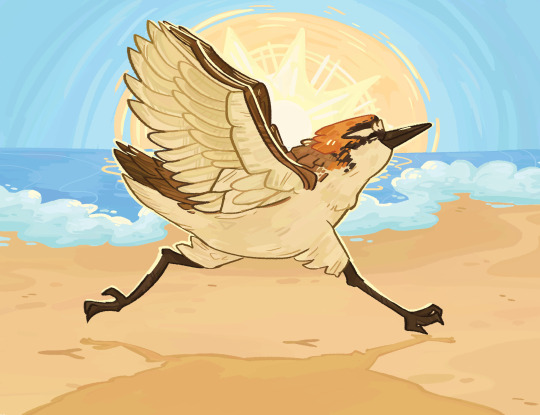

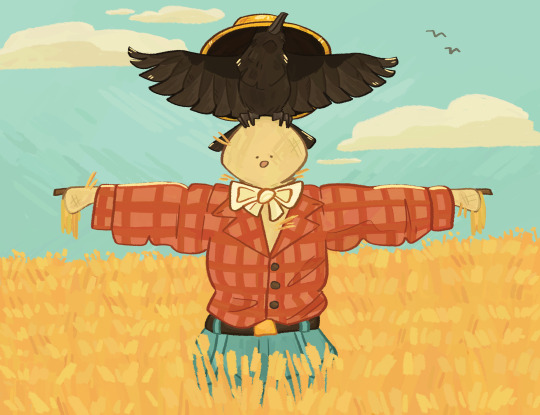
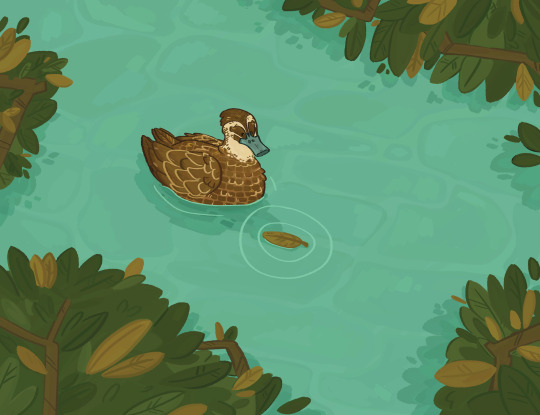
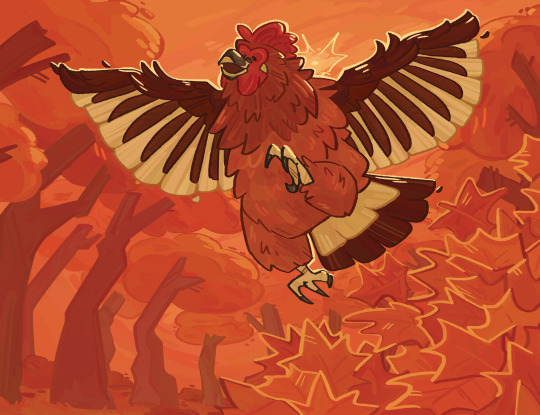

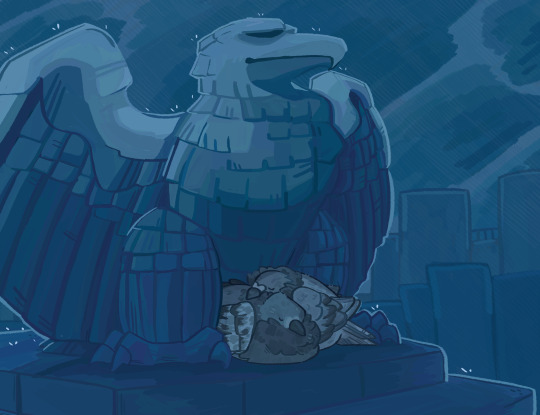





buncha birdies i spent the better part of december drawing for my mums christmas present :o)
#the goods#man how do i even tag this LOL#birds#bird art#animal art#red capped plover#pink cockatoo#raven#pacific black duck#chicken#australian hobby#pigeon#rock dove#kākāpō#kakapo#peregrine falcon#gouldian finch#rainbow lorikeet#christmas island goshawk#drew these all for a 2024 calendar!! it arrived the other day and she was very happy with it :) gave me the ok to post them#this was literally the only thing i was working on for most of the last month was very very fun having a big project to focus on#but im also very glad to be able to draw. not birds now LOL
64 notes
·
View notes
Text

Day 25 of Avian August, the Kākāpō
135 notes
·
View notes
Photo

Kākāpō (Strigops habroptila)
© Oscar Thomas
431 notes
·
View notes
Photo

It’s time. For the Kākāpō.
232 notes
·
View notes
Text
I can't find Andrew Digby over here, so directly copying his post for sharing on Tumblr too.
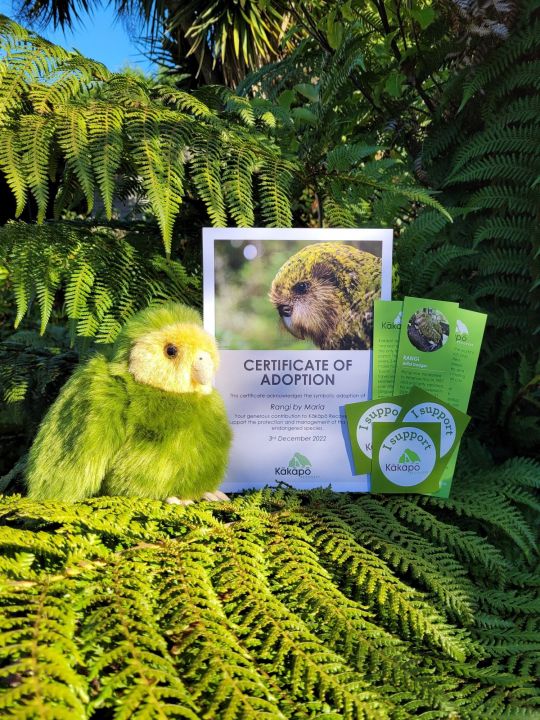

There’s one week left to adopt a #kakapo for delivery before Christmas. Adoptions close 10th Dec. It’s a great way to support #conservation of this critically endangered species. Thank you to everyone who’s helped so far!
Source: Andrew Digby via Bluesky: https://bsky.app/profile/digs.bsky.social
#bird#birds#adoption#conservation#wildlife#kakapo#kakapo adoption#animal conservation#Kākāpō#andrew digby#wildlife conservation#ecology#birb#gift idea#present idea#animal adoption#bird adoption#birblr#endangered#endangered species#endangered animals
22 notes
·
View notes
Text

Quick ink sketch of a kākāpō for a penpal based on this photo.
23 notes
·
View notes
Text

Arturo, alias Aria de Deo!
- He/him
- 18 years old
- Thief, busker, & street magician
- gettin sillay with it
- Stole a devil fruit from a pirate and ate it. Broken heart
- He has the ability to turn into a kākāpō!
[ID: A young man sitting with a kākāpō near his left leg. The man, Arturo, has shoulder-length lavender hair with light purple bangs, tan skin, and a smile on his face. He wears a yellow cloth tied around his neck, a red and golden jacket with epaulettes, and a bundle of sampaguitas or jasmine flowers on his right chest. Under that jacket, he wears a white tank top. He has a red sash around his waist, and brown pants stuffed into dark-red boots. His laces are golden yellow, and the same sampaguitas are tied around some of the laces. End ID]
8 notes
·
View notes
Text
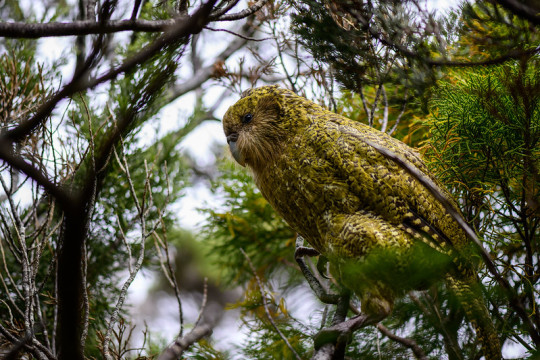
A Kākāpō (Strigops habroptila) on Tamatea, Fiordland, Aotearoa
by Jake Osborne
#kakapo#Kākāpō#parrots#strigops habroptila#strigops#strigopidae#psittaciformes#aves#chordata#wildlife: aotearoa#wildlife: oceania
125 notes
·
View notes